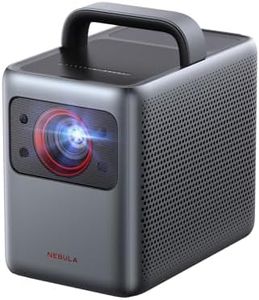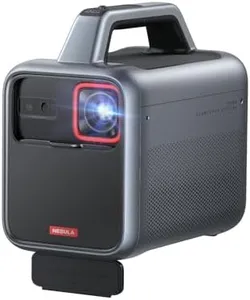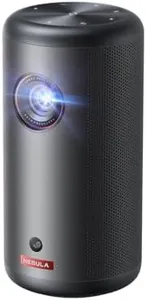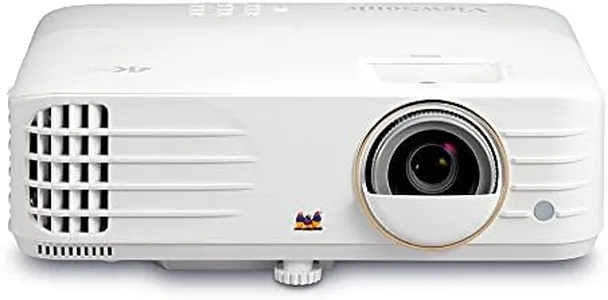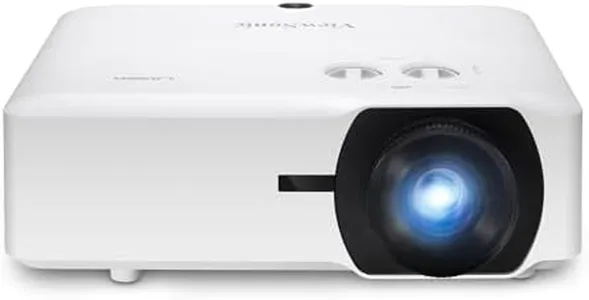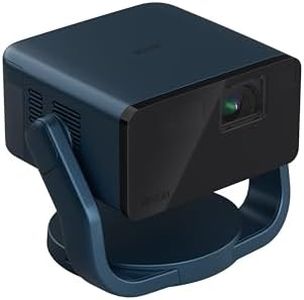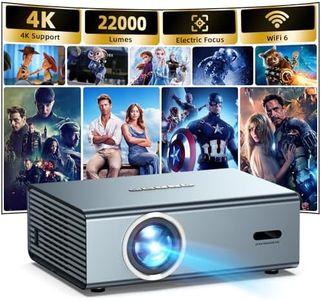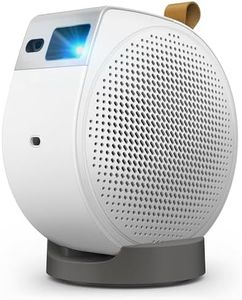10 Best Outdoor Projectors 2025 in the United States
Our technology thoroughly searches through the online shopping world, reviewing hundreds of sites. We then process and analyze this information, updating in real-time to bring you the latest top-rated products. This way, you always get the best and most current options available.

Our Top Picks
Winner
Epson Pro EX11000 3-Chip 3LCD Full HD 1080p Wireless Laser Projector, 4,600 Lumens Color/White Brightness, Miracast, 2 HDMI Ports, USB Power for Streaming, Built-in 16W Speaker
Most important from
62 reviews
The Epson Pro EX11000 stands out in the outdoor projector category primarily due to its exceptional brightness of 4,600 lumens. This ensures clear and vivid images even in well-lit environments, making it suitable for daytime use. The 1080p resolution ensures high-definition quality, while the dynamic contrast ratio of up to 100,000:1 provides rich and detailed visuals, enhancing the viewing experience for movies, presentations, and video conferences.
Its laser light source is a significant advantage, offering up to 20,000 hours of virtually maintenance-free operation, which means no frequent bulb replacements. Connectivity options are plentiful with two HDMI ports, USB power for streaming devices, and wireless capabilities through Miracast. The built-in 16W speaker adds convenience, although for larger outdoor settings, additional audio equipment might be needed for better sound coverage.
At 9.5 pounds, it is relatively lightweight and portable, but the dimensions (11.8 x 12.8 x 4.1 inches) may require careful handling for outdoor setups. The ease of setup with features like optical zoom, horizontal slider, and auto vertical correction makes it user-friendly. The Epson Pro EX11000 is an excellent choice for those needing high brightness and image quality for outdoor projections, but additional measures might be necessary to ensure protection from the elements.
Most important from
62 reviews
BenQ GP100A | Outdoor 4K supported Portable Projector | 1080p Resolution | 1000 ANSI Lumens | Built-in Netflix, Chromecast, AirPlay & Android TV | Autofocus & Auto 2D Keystone | 20W Speaker
Most important from
13 reviews
The BenQ GP100A is a versatile outdoor projector designed for those who enjoy watching movies and TV shows under the stars. One of its standout features is the 1080p resolution combined with 1000 ANSI Lumens brightness, ensuring clear and vibrant images even in varied lighting conditions. Additionally, the built-in Android TV and Netflix support, along with compatibility with AirPlay and Chromecast, make it extremely convenient to stream content directly without additional devices.
Autofocus and auto 2D keystone adjustment simplify setup, allowing for a quick and hassle-free viewing experience. The projector also boasts a powerful 20W 2.1 channel speaker system, which enhances the audio experience with deep bass, providing an immersive cinematic feel. Connectivity options are abundant with Bluetooth, Wi-Fi, USB, and HDMI, making it adaptable to various input sources.
Its portable design, complete with a built-in handle, adds to its appeal for outdoor use, enabling easy transport and setup in different locations. However, at 9.68 pounds, it may be slightly heavier than some other portable projectors, which could be a consideration for those prioritizing ultra-light portability. Additionally, while the 1000 ANSI Lumens is decent, it might not be sufficient for very bright outdoor environments. Despite these minor drawbacks, the BenQ GP100A offers a solid blend of performance, convenience, and features, making it a great choice for outdoor entertainment enthusiasts.
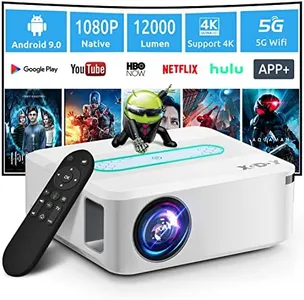

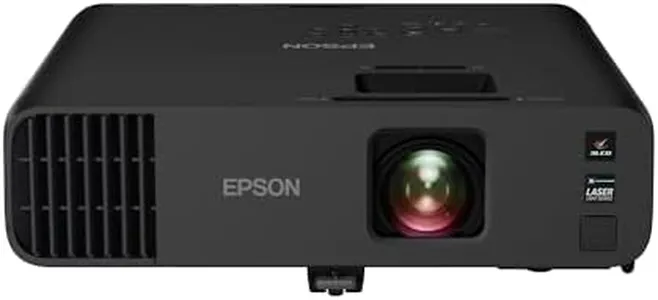
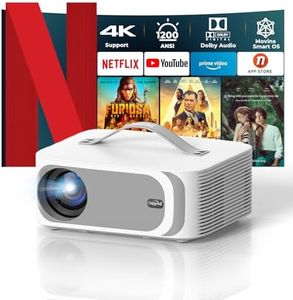
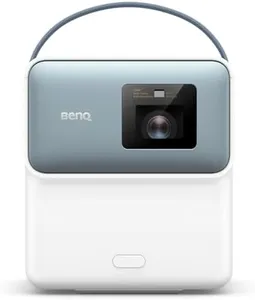
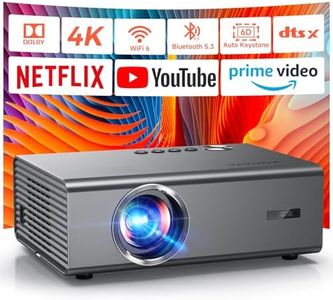
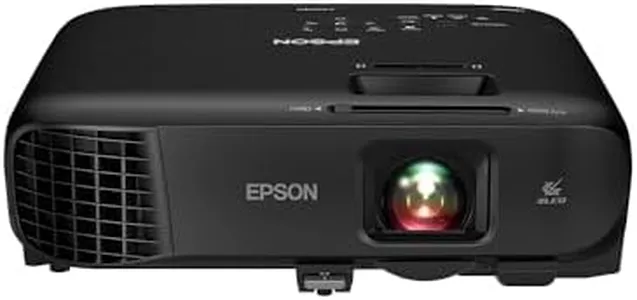
![[Netflix-Licensed/Dolby Audio]Outdoor-Projector 4K with Wifi 6 and Bluetooth,ONOAYO 800ANSI Native 1080P Portable Projector,Built-in Netflix/YouTube/PrimeVideo, Electric Focus Keystone Smart Projector](https://images-proxy.bestreviews.guide/RLjcQhDtTb0ZmvOTen0jq0VEr90=/0x300/https://m.media-amazon.com/images/I/416Pk09H5pL._AC_CX679_.jpg)
![[AI Auto Focus+Auto Lens Cap]Outdoor-Projector 4K with WiFi 6 and Bluetooth:Upgrade 850 ANSI Native 1080P Jimveo Portable Projector, Auto 6D Keystone&Zoom,Home LED Movie Projector for Outdoor/Home Use](https://images-proxy.bestreviews.guide/P_8D6Gx27qL07tXhysLhdzAVsVk=/0x300/https://m.media-amazon.com/images/I/51PuQNz4duL._AC_CX679_.jpg)
